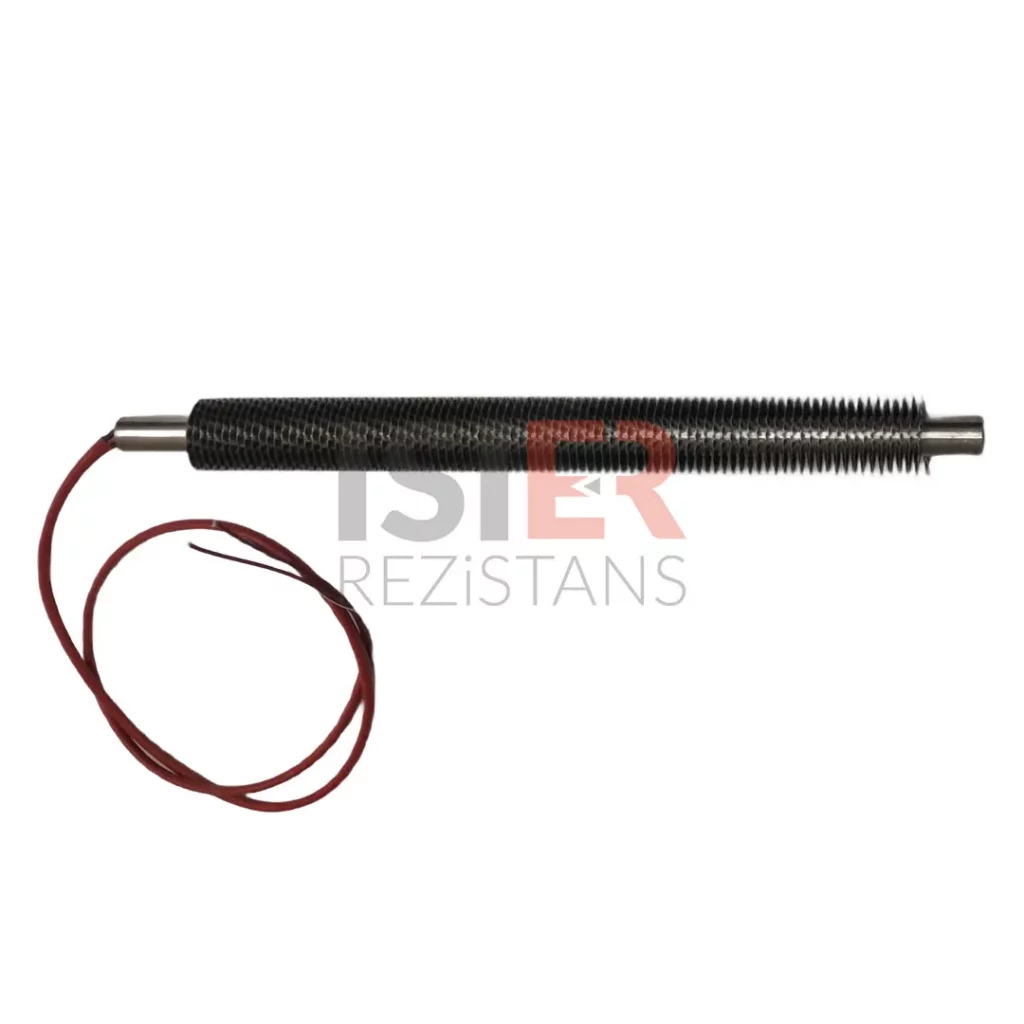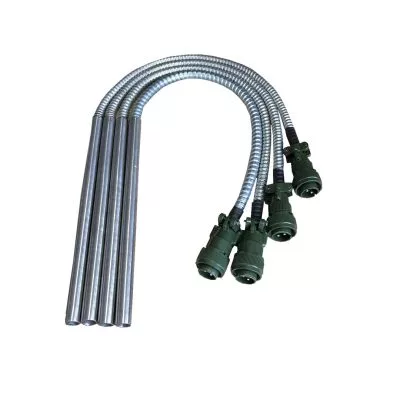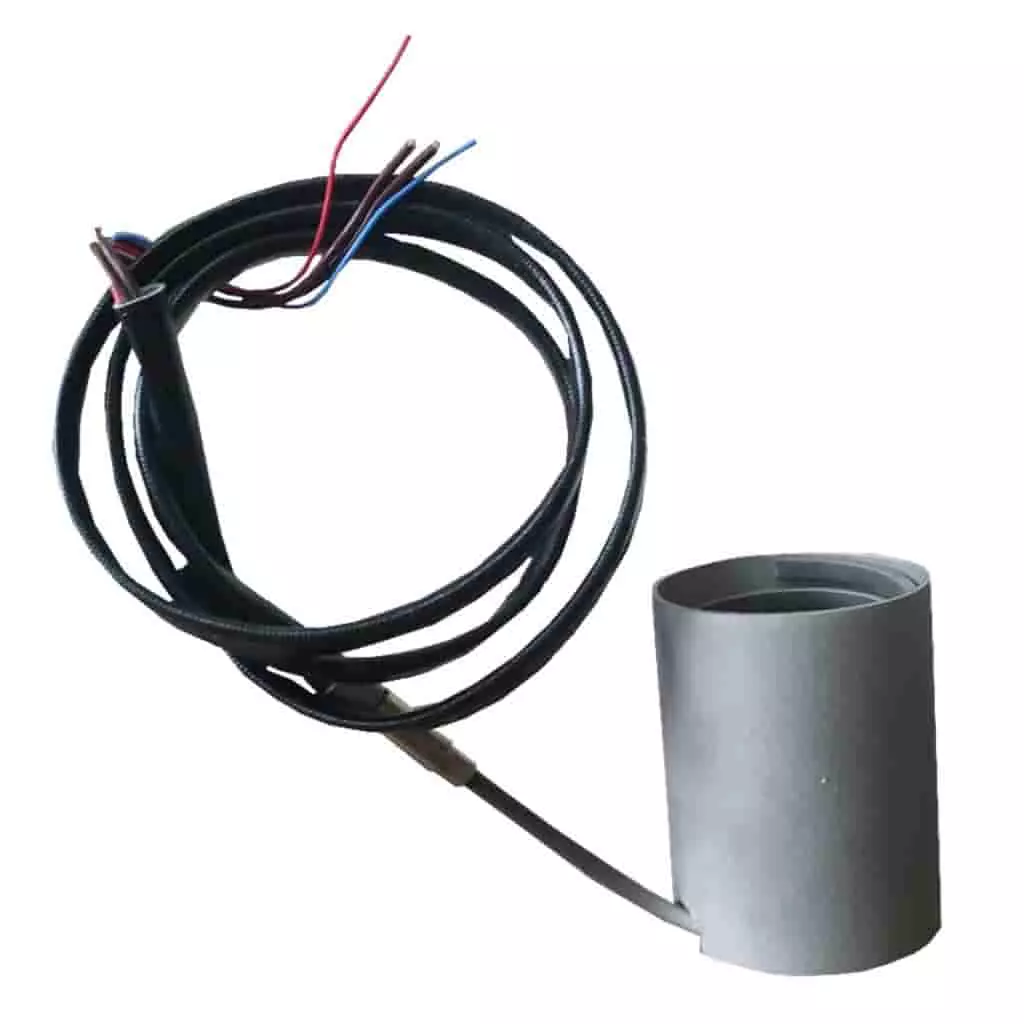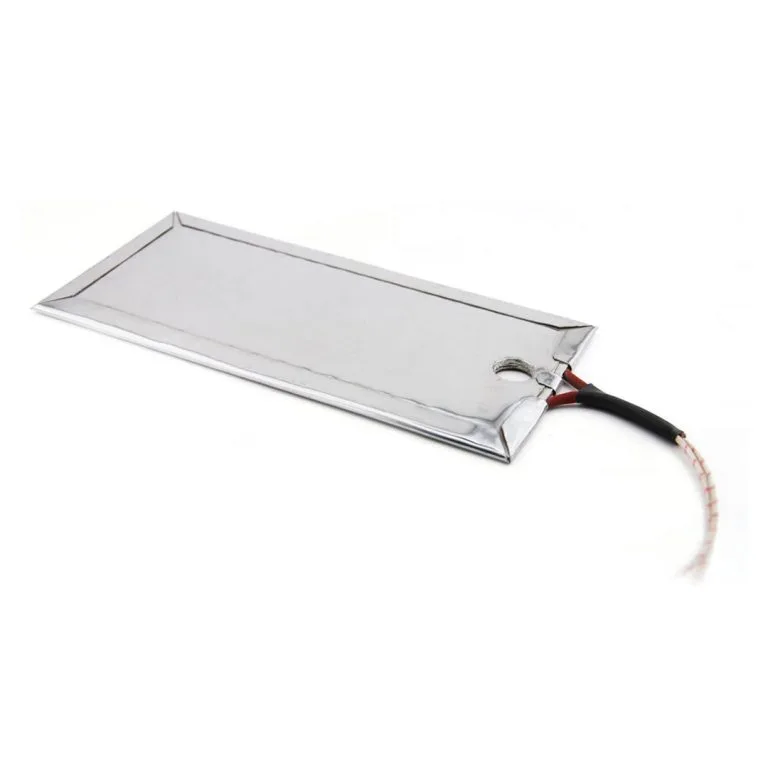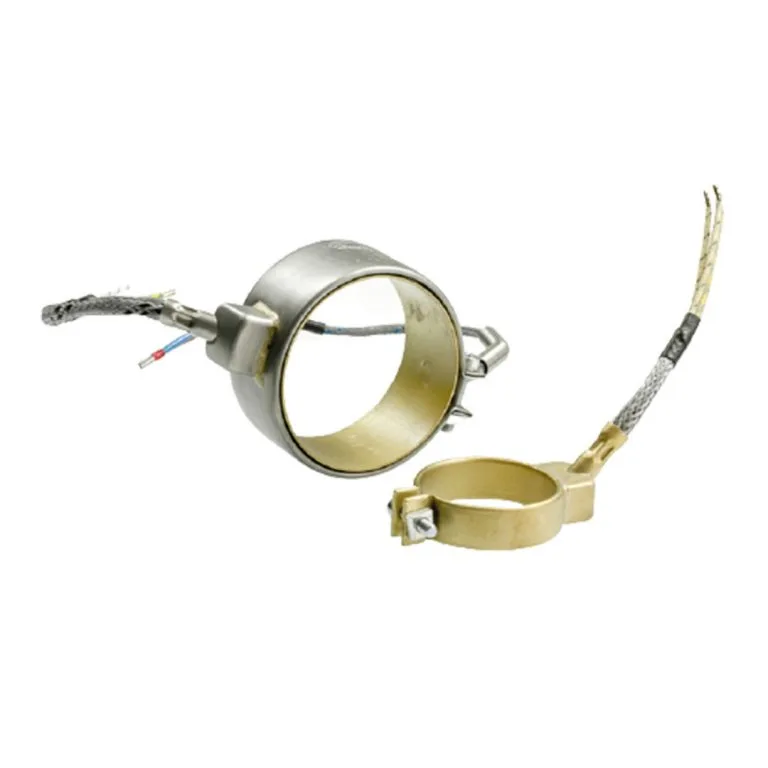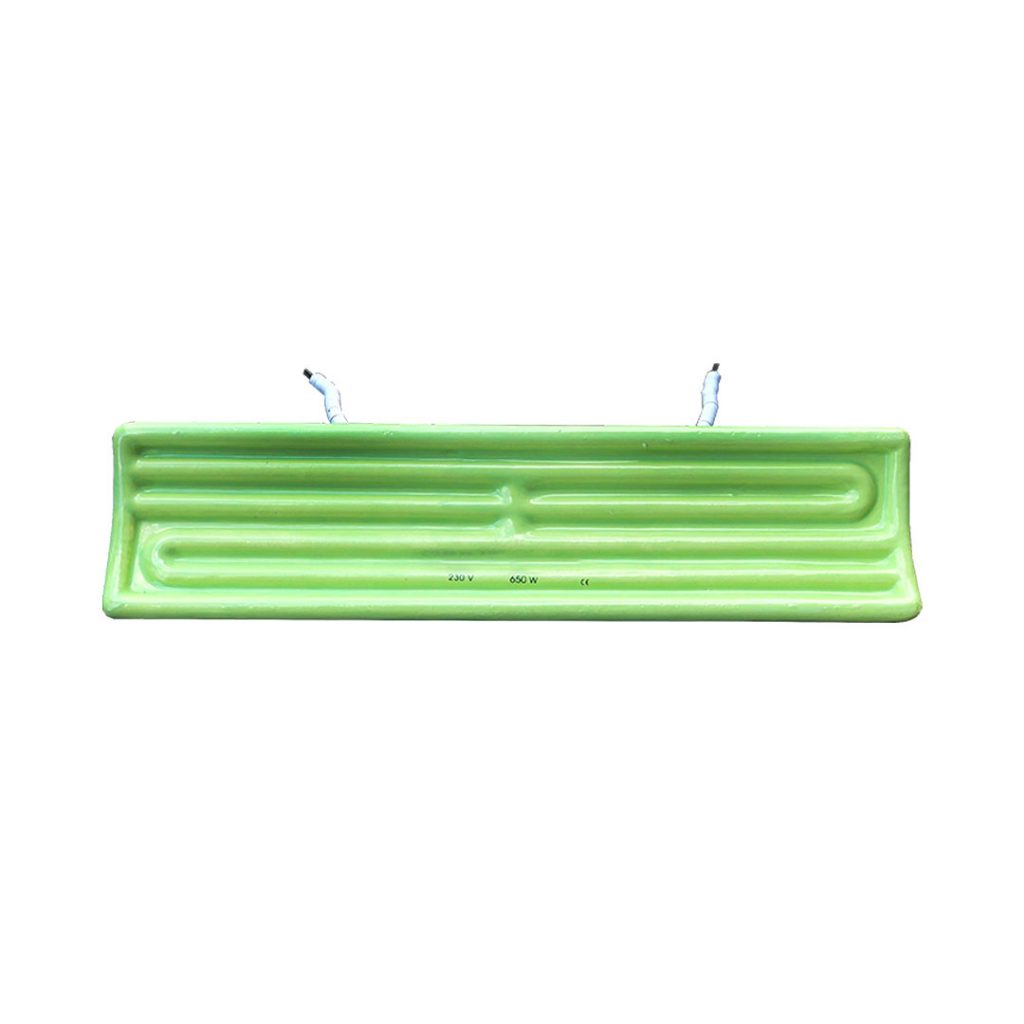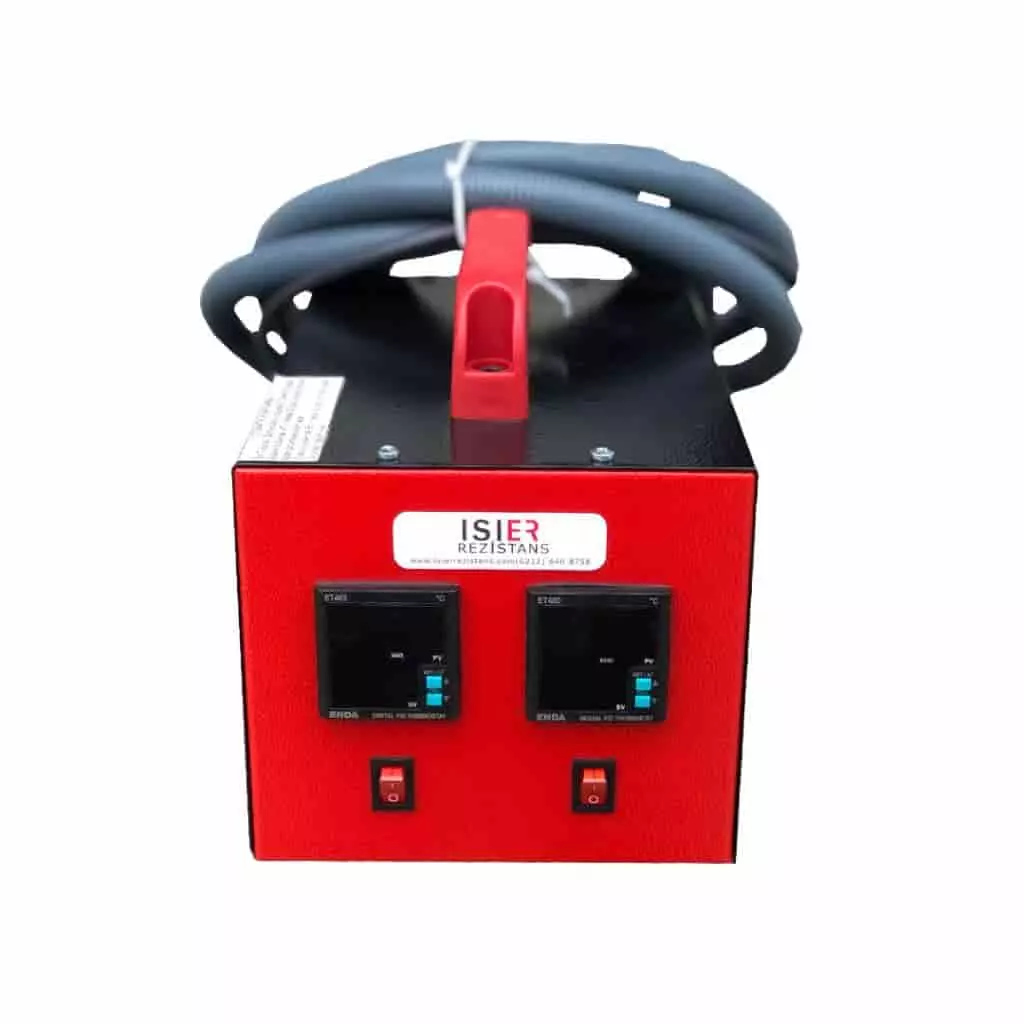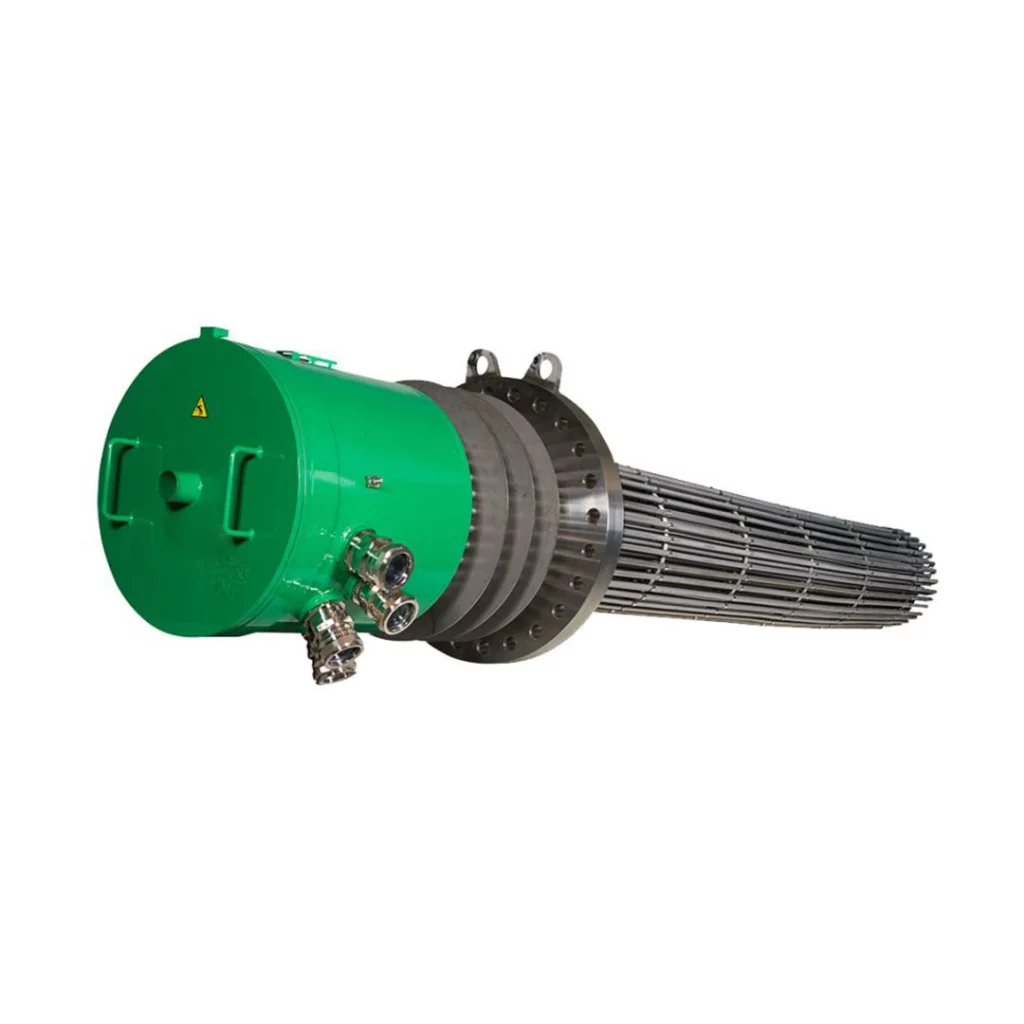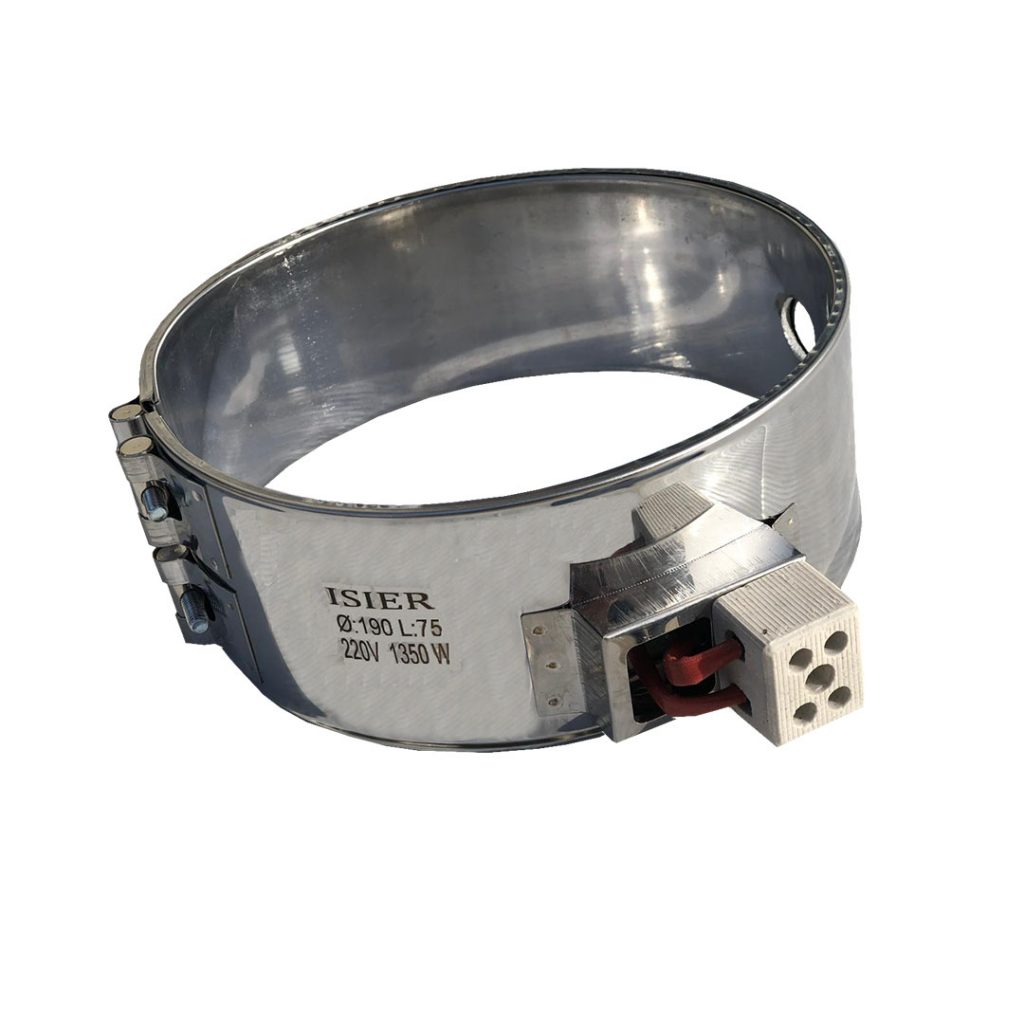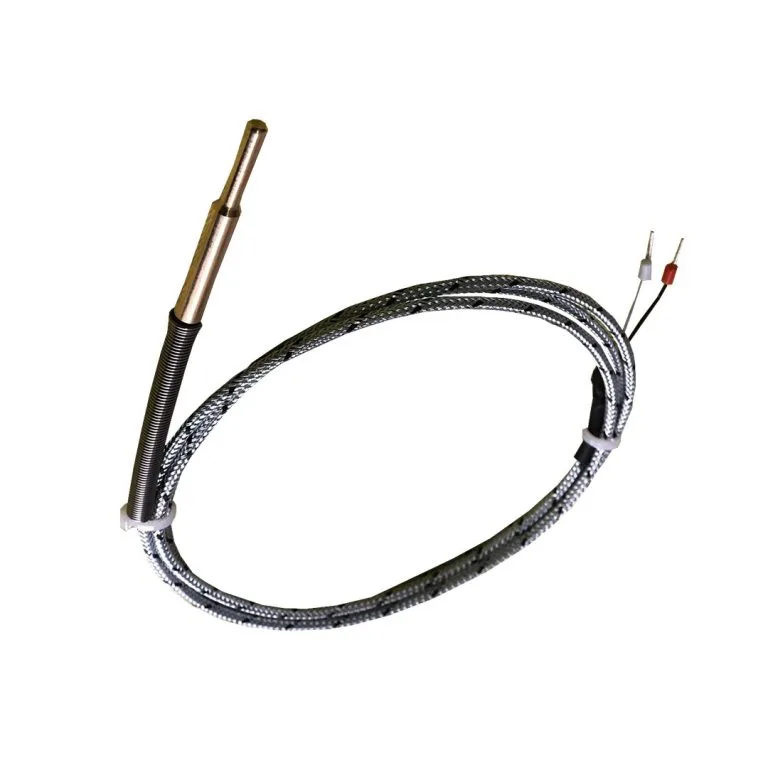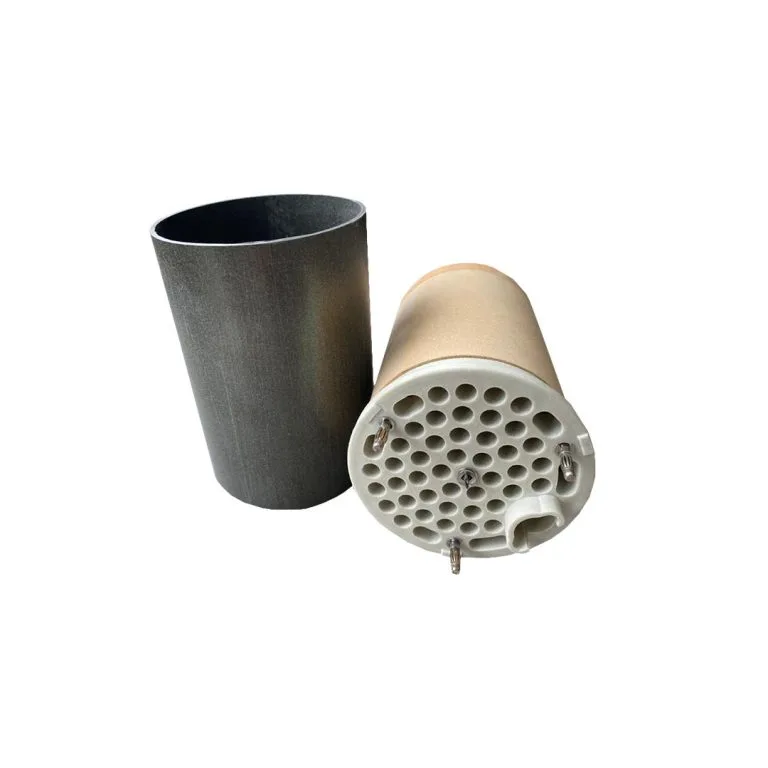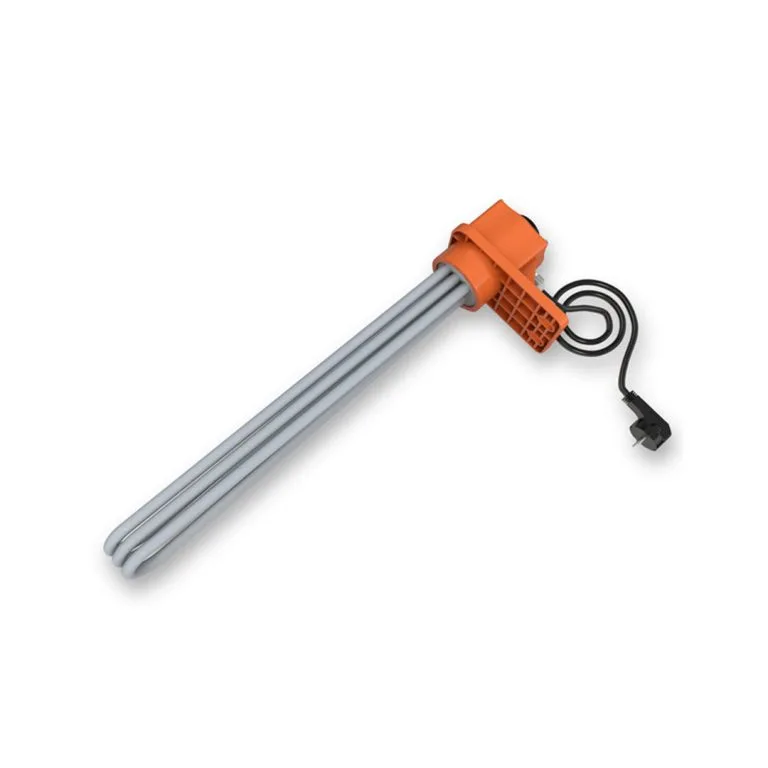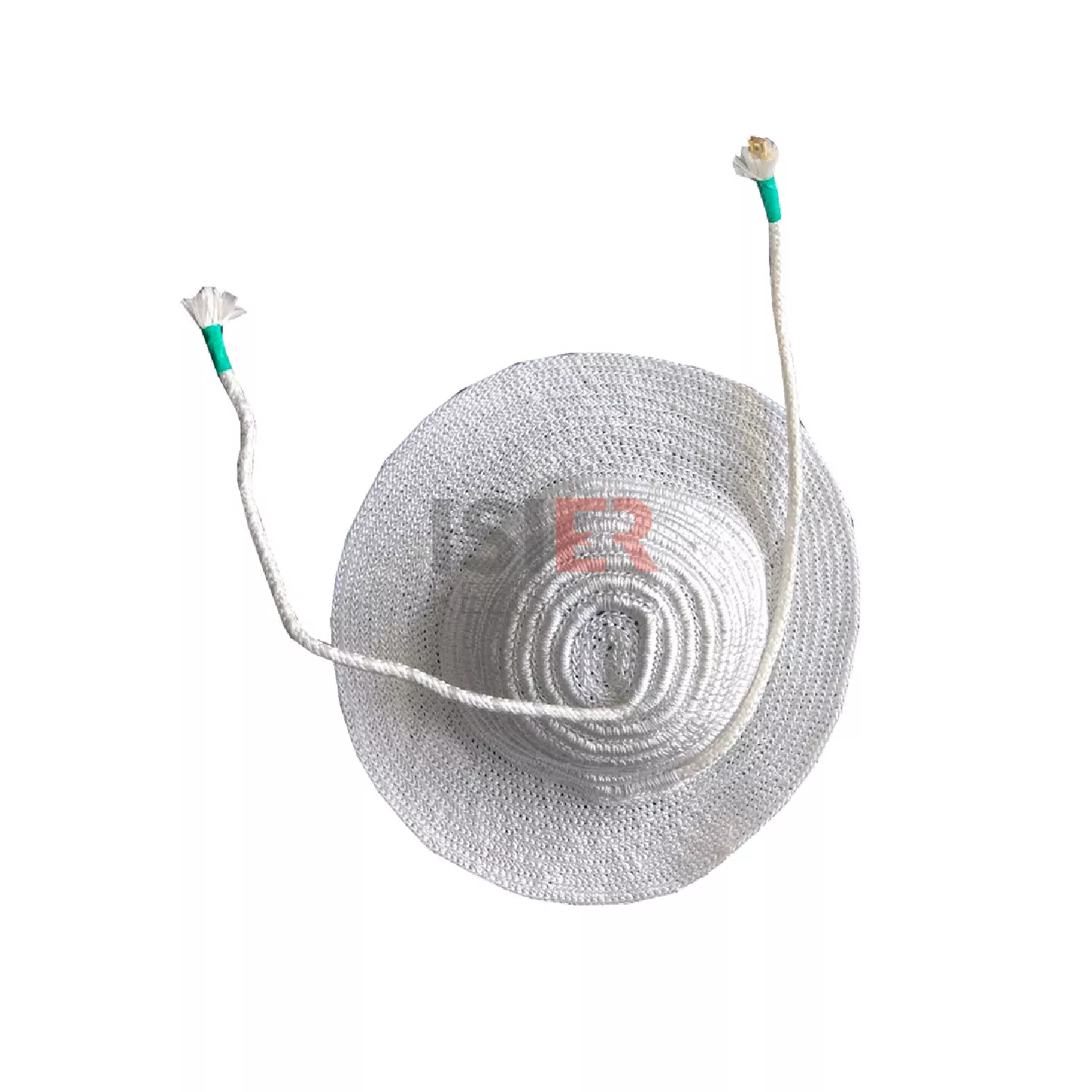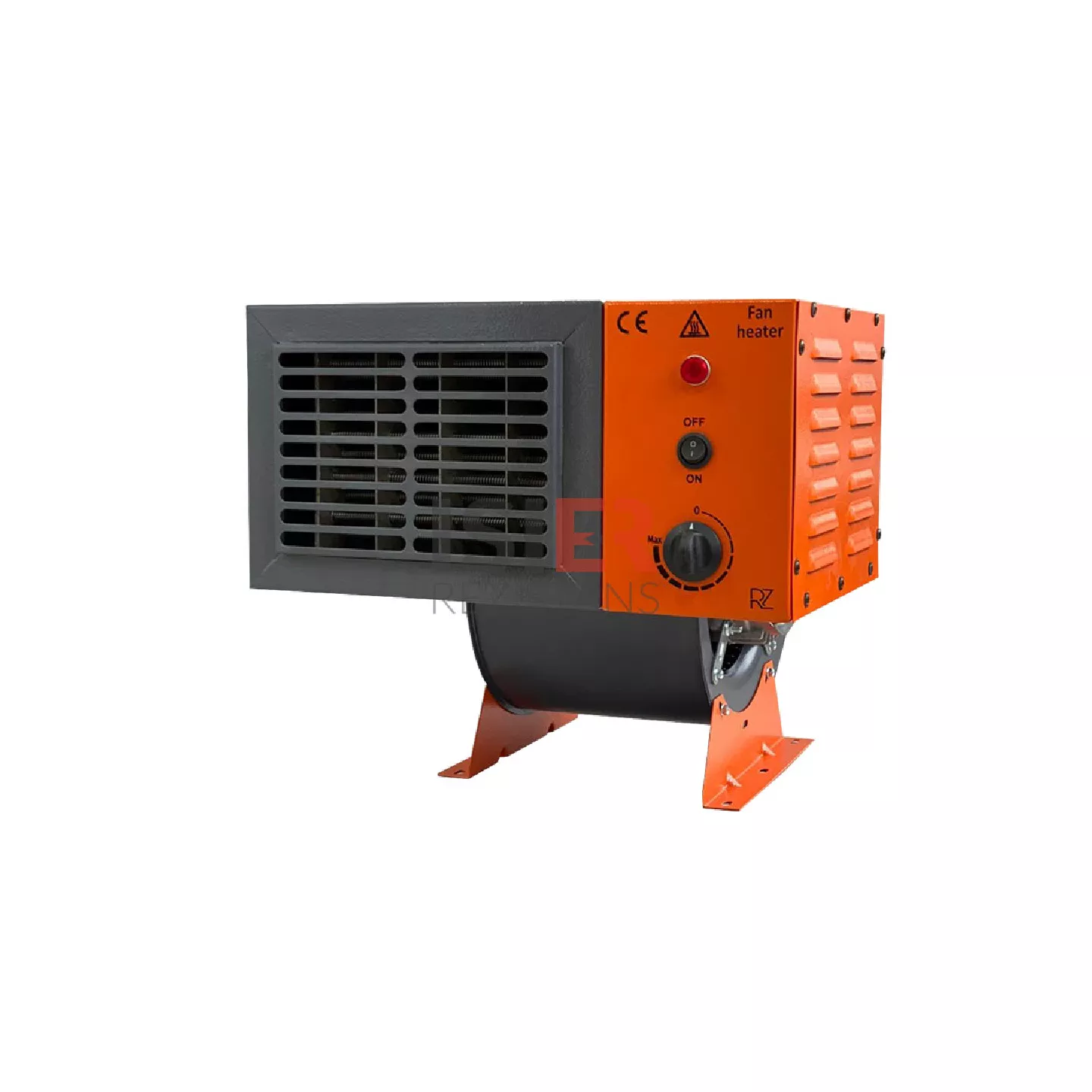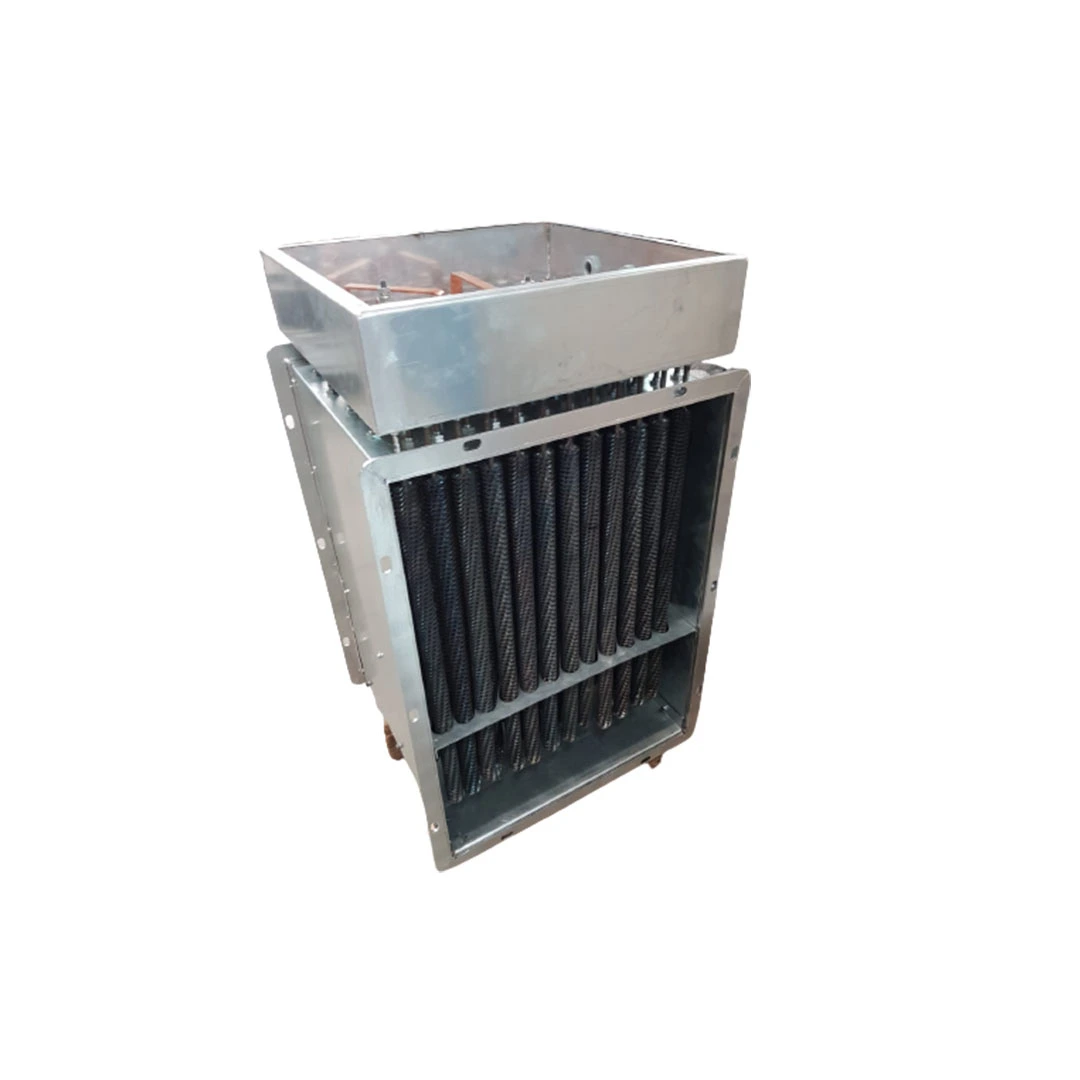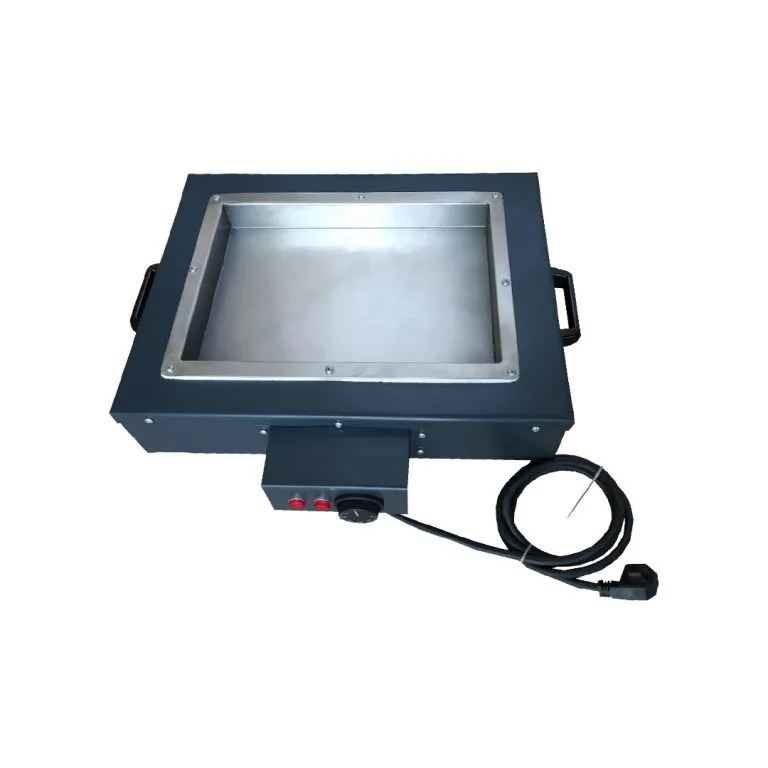Paint Heaters
In the paint sector, heaters are typically used in various heating and drying applications. These applications ensure the paint dries, adheres, and becomes suitable for processing in a high-quality manner. Here are some reasons for using heaters in the paint sector:
Drying Process: After paint application, most types of paint require a drying process. Heaters expedite production processes by ensuring the paint dries quickly and uniformly.
Layer Drying: In cases where multiple layers are applied, each layer may need to dry separately. Heaters facilitate the effective drying of different layers.
Adhesion and Bonding: Heated surfaces after paint application enable better adhesion and bonding of the paint material. This is important for achieving a quality and durable coating.
Heating and Temperature Control: Substrates or materials on which paint is applied are kept at a specific temperature to facilitate drying and adhesion of the paint. Heaters are used to maintain this temperature control.
Uniform Heating: Heaters ensure surfaces or materials are heated uniformly, which can enhance paint quality and application efficiency.
Production Speed and Efficiency: Rapid drying processes can increase production speed and enhance operational efficiency. Heaters play a crucial role in achieving these objectives.
Various Applications: Different types of heaters can be used for painting various materials, substrates, or specialized painting applications in the paint sector. For instance, different heater types may be preferred in spray drying rooms or different painting equipment setups.
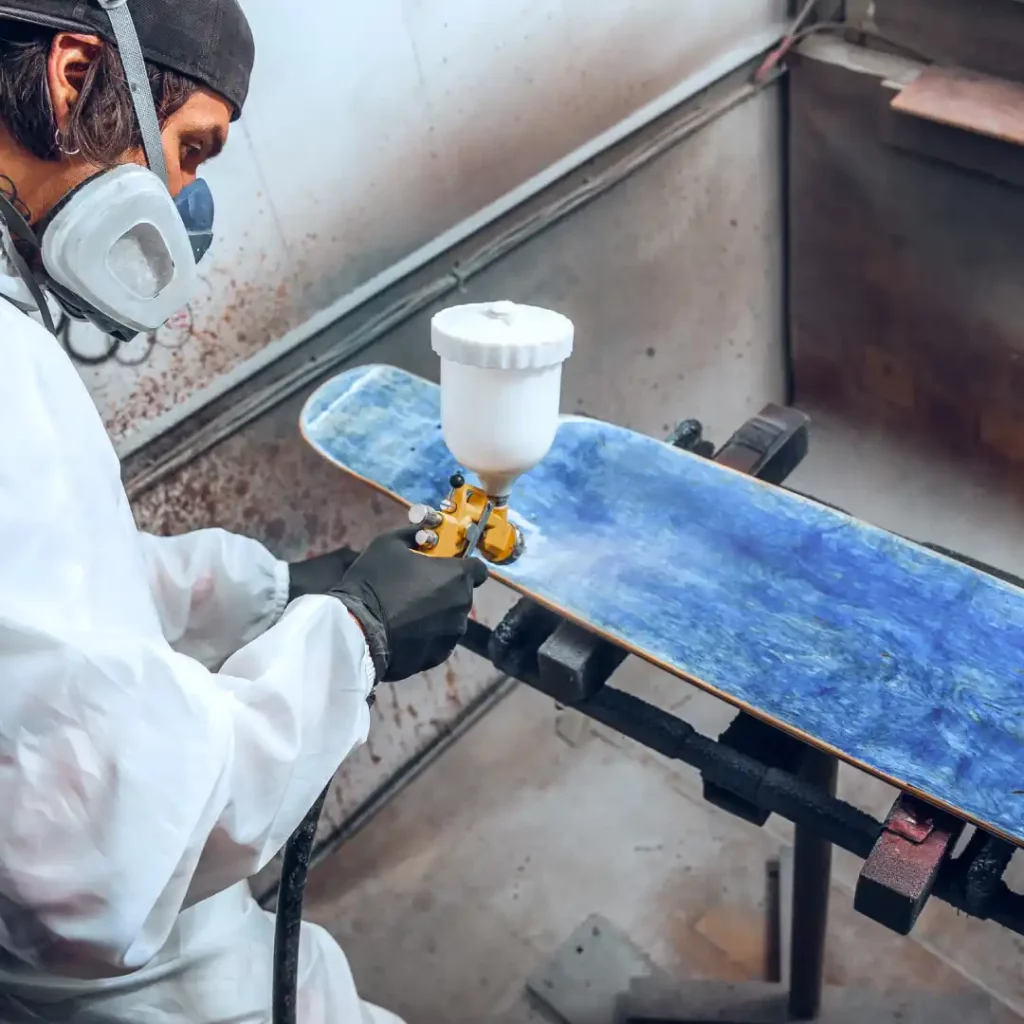
Our Products
Your Solution Partner for All Your Resistance Needs
The Importance of Paint Heaters
Heater elements play a series of crucial roles in the paint sector and are indispensable in many applications within this industry. Here are some factors highlighting the importance of heater elements:
Rapid Drying Processes: Rapid drying of paint speeds up production processes. Heaters optimize the drying process by quickly heating surfaces or materials.
Quality Coating: Heaters assist in achieving a more uniform and durable coating by ensuring the paint dries homogeneously.
Production Efficiency: Fast drying processes and effective heating enhance production efficiency. This enables businesses to produce more products and gain a competitive advantage.
Adhesion and Bonding: Heaters promote better adhesion and bonding of paint by heating surfaces. This is crucial for obtaining long-lasting and aesthetically pleasing coatings.
Temperature Control: Heaters provide the desired temperature levels during painting processes. This is essential for the correct application and drying of paint.
Various Applications: Various types of heaters can be used for painting different materials or performing special applications in the paint sector. This allows for tailored solutions to industrial needs.
Energy Efficiency: Modern heater systems can increase energy efficiency, minimizing operating costs. This enables sustainable and cost-effective production processes.
Operating Costs: Fast drying processes, quality coatings, and energy efficiency contribute to lowering overall operating costs, making businesses more competitive.
Control and Flexibility: Heater systems offer control over temperature and heating processes, providing flexibility to businesses. This means the ability to quickly adapt to different painting requirements.
Heater elements contribute to industrial success by making paint production processes more efficient, safe, and cost-effective in the paint sector.
Technical Specifications of Heaters Used in the Paint Sector
The selection of paint heaters should be done carefully to ensure the right and effective heating system. Here are some important technical details to consider when selecting paint heaters:
Application Requirements: Determine the type of paint applications for which the heater will be used. Different types of paint and processing methods may have different heating needs.
Heating Power and Capacity: The nominal power of paint heaters should meet the heating capacity required for a specific application. The correct power level ensures homogeneous heating.
Nominal Voltage: The operating voltage of the heater should be compatible with the facility’s electrical system. Voltage mismatch can lead to safety issues and performance losses.
Temperature Control and Balance: Temperature control and balance required for paint application are important in heater selection. Precise temperature control may be necessary for some applications.
Material and Durability: Heater material should be corrosion-resistant and resistant to chemical effects. Stainless steel or special alloys can meet these requirements.
Protection Class (IP Rating): Paint heaters should be protected against external factors such as water and dust. The IP protection class determines resistance to these environmental conditions.
Mounting and Connection Convenience: Heater mounting and connections affect installation and maintenance processes. Easy mounting and connection can optimize operating processes.
Energy Efficiency: Modern heater systems can reduce operating costs by providing energy efficiency. Heaters that provide energy savings and optimal performance should be preferred.
Safety Standards and Certifications: It is important for the heater to comply with appropriate safety standards and certifications. This is critical for occupational health and safety.
Compatibility and Integration: The heater should be compatible with the system or production line it will be used in and should be easy to integrate.
Cost and Performance Analysis: A balanced analysis should be conducted between the cost and performance of the heater. Long-term cost-effectiveness should be considered.
These factors are important technical details to consider when selecting paint heaters. Given the application requirements and operating conditions, the right heater selection is critical for a healthy and efficient heating process.
Serpantine Heaters in the Paint Sector
In the paint sector, serpantine heaters, especially in large-capacity heating systems, are a commonly used type of heating element. Coil heaters consist of heating elements arranged in a pipe-like structure, and these pipes are commonly referred to as Serpantine. The use of Serpantine heaters in the paint sector can provide the following advantages:
Homogeneous Heating: Serpantine heaters can distribute heat homogeneously within the material or environment due to their pipe-like structure. This is important for achieving desired homogeneous drying and adhesion in paint applications.
High Capacity and Power: Serpantine heaterscan typically be produced with high capacity and power. This feature allows them to be effectively used in large-volume processes in industrial painting facilities.
Long Pipe Lengths: Coil heaters can have long pipe lengths, which is ideal for heating a wide surface area homogeneously.
Adaptability to Various Applications: Pipe-shaped Serpantine heaters can be designed in different sizes and shapes, allowing them to offer solutions suitable for various paint applications.
Energy Efficiency: Serpantine heaterscan effectively transfer heat, increasing energy efficiency and minimizing operating costs.
Durability and Resilient Materials: Serpantine heaters used in the paint sector often consist of durable materials such as stainless steel or special alloys. This enhances their resistance to chemicals and corrosion.
Ease of Installation: Serpantine heaters typically have a structure that facilitates installation and disassembly. This makes maintenance and repair processes faster and more effective.
Flexible Design: Serpantine heaters can be flexibly designed to accommodate different applications. This allows them to be customized according to specific needs and requirements.
Serpantine heaters, commonly used in industrial painting facilities, offer a durable and reliable heating solution that can be effectively utilized for paint drying and heating processes.



